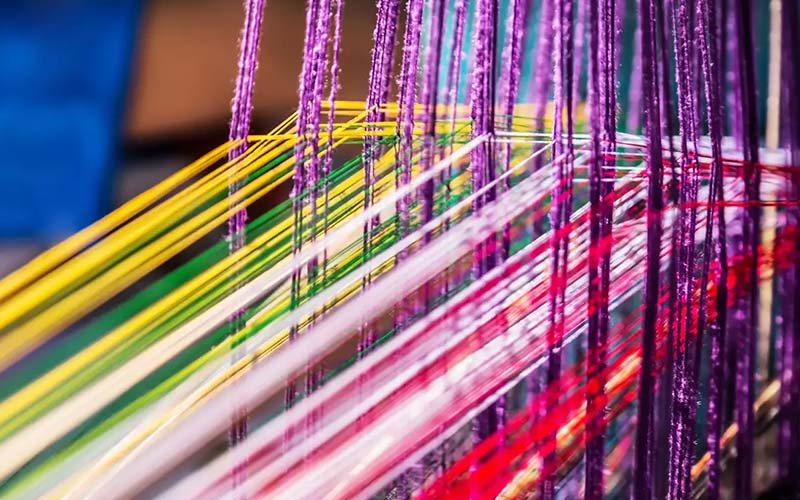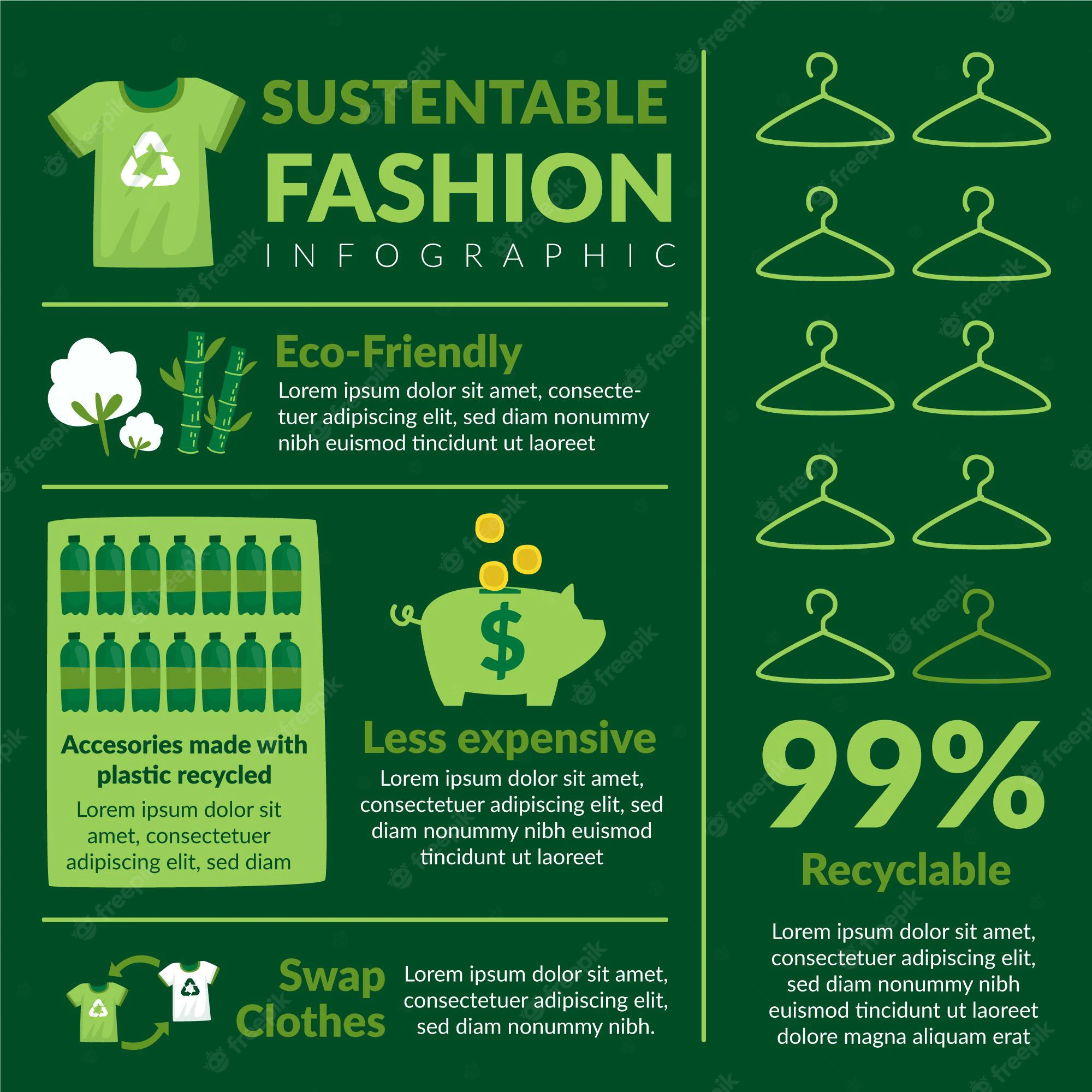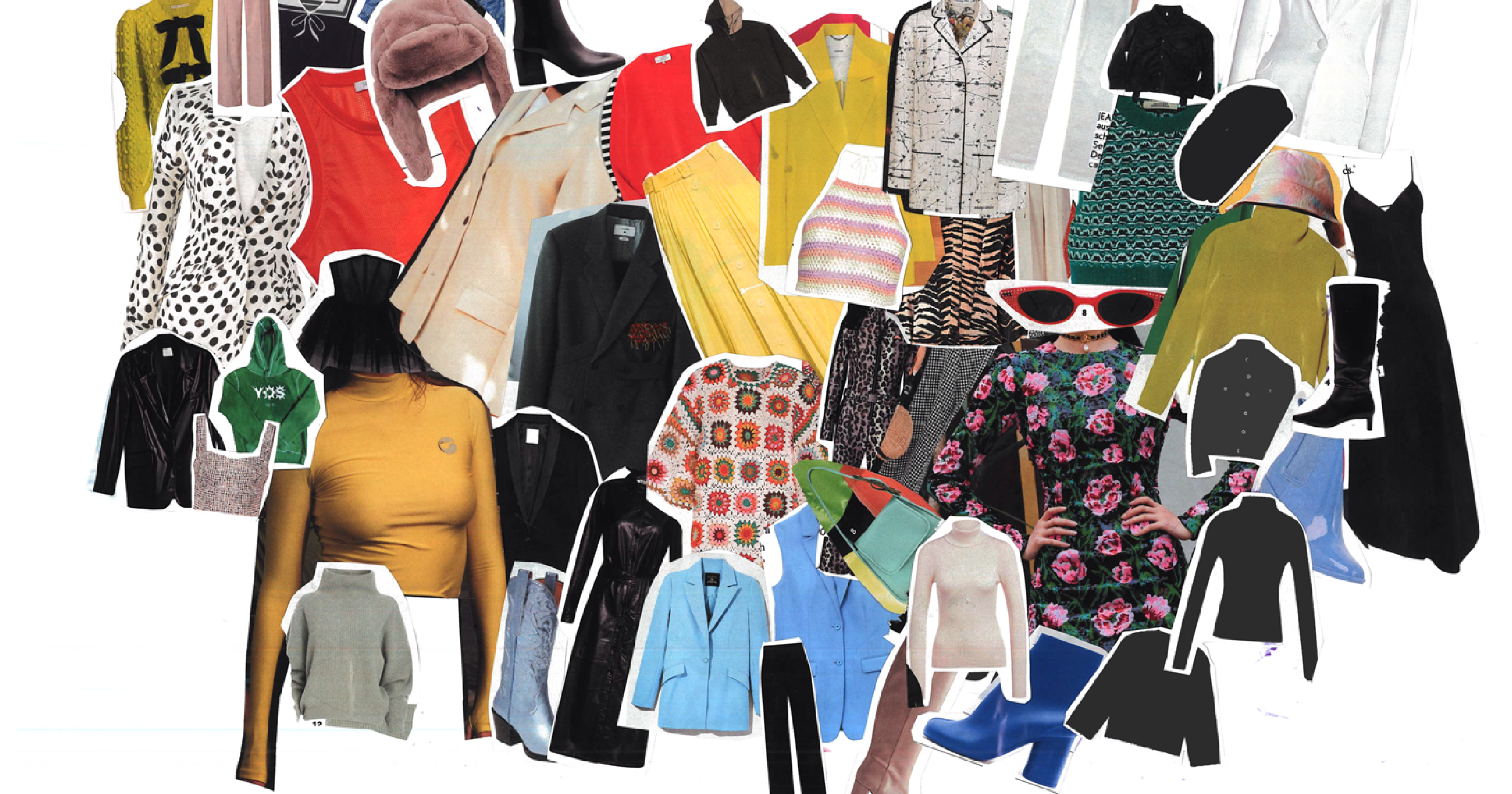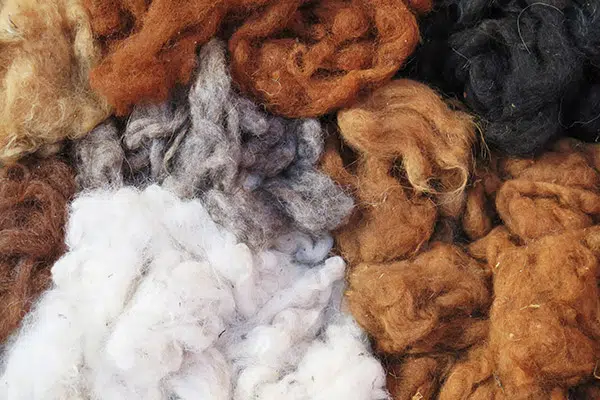Revolutionary Trends in the Textile Industry
One of the basic human needs is clothing. As long as we exist, the market presence of the textile industry is inevitable. The ever-evolving textile market shows immense growth and potential to exemplify human creativity. The United States happens to be the largest producer of raw cotton and the largest importer of natural textiles and garments globally. India stands in the third position in the league as the largest textile manufacturing industry. It is solely responsible for more than 6% of global textile production. Production of high-fiber fabric is capable only with the implementation of modern solutions. This advancement in the technology of the textile industry is helping it touch new heights in terms of revenue generation. Textile Industry includes materials, i.e., Cotton, Jute, Silk, Synthetics, Wool. It mainly works with two processes, woven and non-woven.
Increase in demand for sustainability / natural fibers
Organizations and consumers are more aware of sustainability now than ever, so there is an increase in demand for natural fibers. They have a quality of being lighter in weight and more substantial than other fibers. Natural fibers like cotton, silk, linen, wool, jute, and cashmere help manufacture garments, apparel, construction materials, medical purposes, and interiors of automobiles, mainly cotton, silk, wool, jute, and cashmere.
Organizations and consumers are more aware of sustainability now than ever, so there is an increase in demand for natural fibers. They have a quality of being lighter in weight and more substantial than other fibers. Natural fibers in China, India, and the United States enable the global textile industry to sustain and chart exponential growth. The increase in demand for natural fibers will be the future of the worldwide textile industry. Wool and jute are known for their resilience; silk is also known for its smooth luxury, widely used in upholstery and apparel.
Organizations and consumers are more aware of sustainability now than ever, so there is an increase in demand for natural fibers. They have a quality of being lighter in weight and more substantial than other fibers. he strategy of the industry players focuses on improving environmental performance by teaching one of the best accessible advances in fiber processing and preserving nature in the process of production. With emerging technology, up-gradation, and innovation, the garment and textile industry can constantly match consumers’ needs and wants. It helps with the ecological process and implementation of the venture. The latest technology that has made its way in the industry is the dissolution of cellulose ionic liquids and subsequent regeneration.





